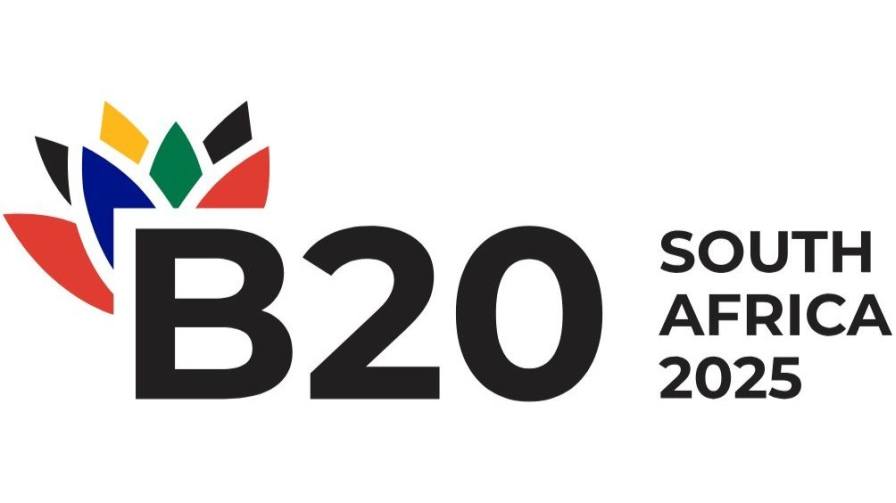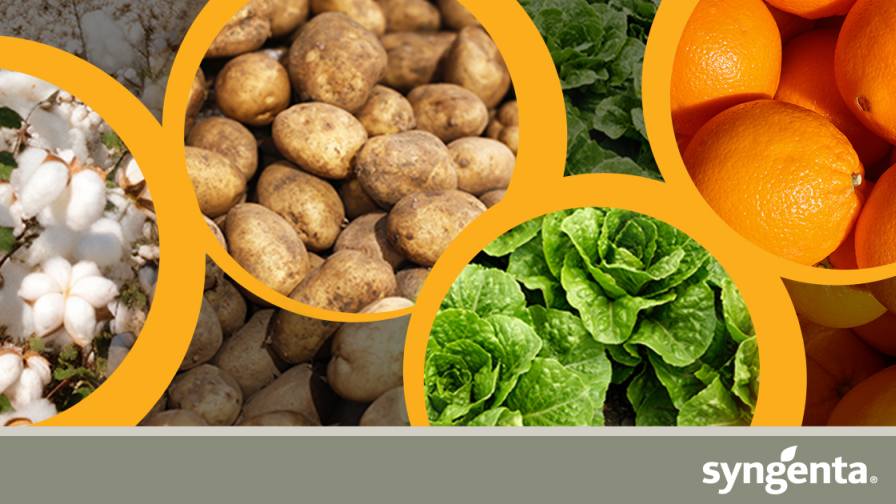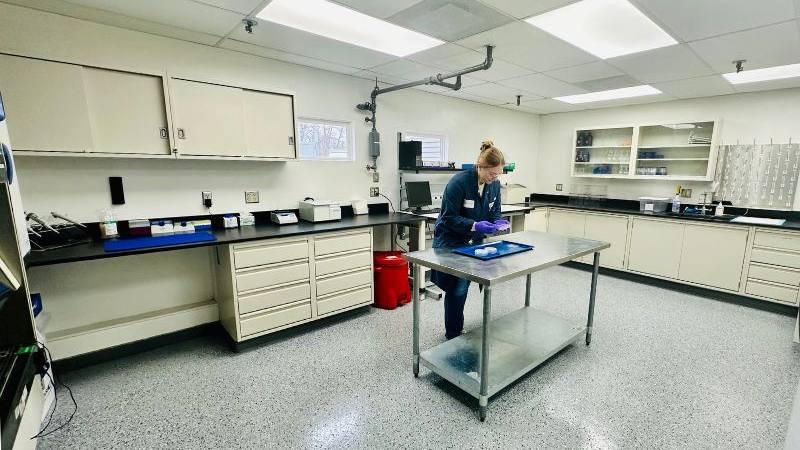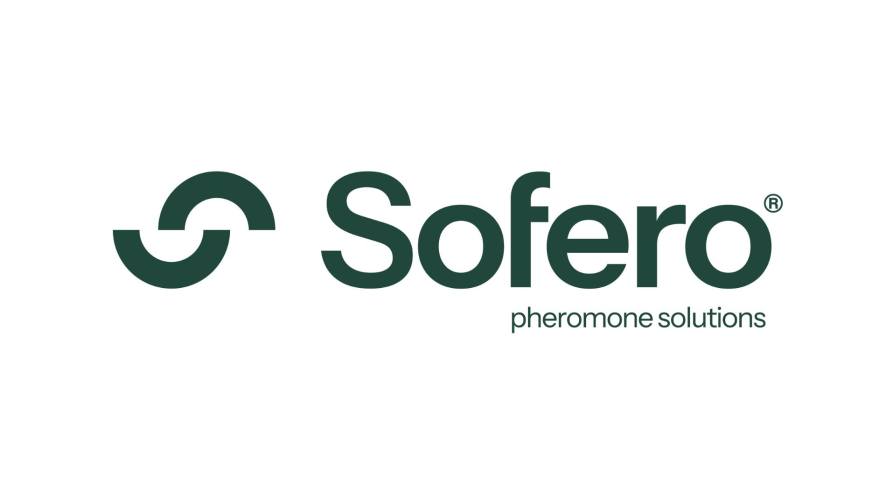Automation on the Rise: How AgTech Is Tackling Labor Shortages and Transforming Global Agriculture
Agtech innovations, such as drones and robotics, are being used to address labor shortages in agriculture across various countries. These technologies automate repetitive tasks, freeing labor for more skilled roles like data analysis and farm management. Government policies like the USDA’s Farm Bill and the EU’s Common Agricultural Policy provide funding to modernize farms and improve labor efficiency through tech adoption. CNH technologies benefit from these policies by providing scalable solutions that align with government initiatives to modernize agriculture.
Examples of countries investing in agtech R&D include Australia, Canada, the U.S., the EU’s Green Deal, and the U.K.’s Agriculture Act. However, challenges such as high initial costs, inadequate infrastructure, and a shortage of skilled technicians limit the widespread adoption of agtech solutions in certain countries. Agribusiness Global recently interviewed CNH’s Chad Biegler, Precision Product Manager for Crop Protection, on how the company empowers its customers to overcome these barriers and continue advancing sustainable agriculture through innovation and sustainability.
ABG: How are agtech innovations, such as drones and robotics, being utilized to address labor shortages in agriculture across different countries?
Chad Biegler: Agtech innovations automate repetitive and physically demanding tasks, freeing labor for more skilled roles such as data analysis and farm management. This shift creates new job opportunities in technical fields and helps countries with smaller farming labor forces maintain or increase production. Automation contributes to environmental sustainability by reducing chemical overuse, minimizing soil disturbance, and optimizing water usage, making it a scalable solution for both small and large farms facing labor shortages.
CNH offers a comprehensive suite of automation technologies that enhance efficiency and sustainability. Our Sense & Act technology optimizes input applications through real-time data analysis, reducing labor needs while ensuring precise delivery of resources. In Latin America, CNH’s partnership with XAG introduces drone solutions that provide aerial applications ideal for challenging terrains, demonstrating our commitment to addressing labor challenges and optimizing resource use across diverse farming environments.
ABG: What roles do government policies play in encouraging the adoption of agtech solutions to combat labor shortages?
CB: Government policies can significantly encourage the adoption of agtech solutions through grants, subsidies, and tax incentives, lowering initial investment barriers for farmers. Programs like the USDA’s Farm Bill in the U.S. and the EU’s Common Agricultural Policy (CAP) provide specific funding to modernize farms and improve labor efficiency through tech adoption. CNH technologies benefit from such policies by providing scalable solutions that align with government initiatives to modernize agriculture. Our precision technologies help farmers meet regulatory requirements for sustainability while improving productivity.
ABG: Can you provide examples of how different countries are investing in or supporting research and development for agtech solutions to address labor shortages?
CB: CNH is dedicated to leading sustainable agricultural innovation with technologies that enhance productivity and address labor challenges. Our mission aligns with global efforts as countries invest in ag-tech R&D to boost productivity and tackle labor shortages.
For example, Australia collaborates with tech companies to create automation solutions for broadacre farming. Canada’s Agri-Food Immigration Pilot focuses on educating workers in technology use. The U.S. supports connectivity through initiatives like the Broadband ReConnect Program, essential for data-driven tools. The EU’s Green Deal and the U.K.’s Agriculture Act promote precision agriculture and sustainable technologies, respectively.
These efforts reflect a global commitment to advancing agtech solutions, aligning with CNH’s dedication to transforming modern agriculture through innovation and sustainability.
ABG: What challenges, such as cost, infrastructure, or workforce training, are limiting the widespread adoption of ag-tech solutions in certain countries?
CB: Several challenges limit the widespread adoption of ag-tech solutions, including high initial costs, inadequate infrastructure, and a shortage of skilled technicians.
In developing countries, limited access to capital and financing options makes it difficult for farmers to invest in new technology, even though it could improve long-term efficiency. In more developed regions, the cost of high-tech solutions may outweigh the immediate benefits for small farms operating on tight margins. Even in more developed regions, there is a shortage of skilled technicians who can service and maintain ag-tech equipment, causing delays and inefficiencies.
Farmers may find it difficult to justify large investments during economic uncertainty, as fluctuating commodity prices, changing trade policies, and global economic downturns contribute to their hesitation.
CNH is committed to empowering its customers to overcome these barriers by building an accessible, supportive ecosystem for farmers looking to modernize. Our customers are at the center of everything we do, and we design user-friendly and open solutions to provide them with the tools they need to succeed.
ABG: How is the use of drones and precision farming technology influencing crop yield and efficiency?
CB: Variable Rate Application (VRA), powered by data from drones and sensors, ensures that fertilizers, pesticides, harvest aids, plant-growth regulators and herbicides are applied only in the exact amounts and locations where they are needed. This prevents over-application, reduces input costs, and improves overall crop efficiency. Our Sense & Act technology exemplifies this by using real-time data to adjust application rates dynamically.
By enabling more precise and timely interventions, precision farming technologies contribute to significant increases in crop yield. When resources like water, nutrients, and pesticides are applied with precision, crops receive optimal care throughout the crop cycle.
Drones can efficiently perform labor-intensive tasks such as crop spraying, seeding, and mapping. The data collected from drones give farmers detailed insights into their fields for more informed decision-making. CNH’s partnership with XAG is making this solution available to customers throughout select dealerships in South America.
ABG: How are different countries balancing traditional farming practices with the integration of advanced technologies to overcome labor shortages?
CB: Many countries are adopting hybrid farming models that blend traditional practices with cutting-edge technologies to address labor shortages and enhance productivity and sustainability. CNH is leading this transformation by offering a comprehensive suite of solutions that support farmers throughout their journey toward modern agriculture.
CNH’s commitment to innovation is evident in its precision technology portfolio, including Sense & Act technology and advanced automation solutions. These adaptable tools enable farmers to optimize their operations while maintaining the essence of traditional farming. CNH enables farmers to choose the technology that best suits their immediate needs by automating repetitive tasks, improving resource efficiency, and enhancing profitability.
ABG: How do cultural attitudes toward technology in agriculture vary across countries?
CB: Cultural attitudes toward agricultural technology differ significantly across the globe. In highly industrialized nations, technology is widely embraced to enhance efficiency and sustainability, with a focus on optimizing resource use and reducing environmental impact. Conversely, some regions remain cautious due to concerns about cost, tradition, or job displacement, striving to balance innovation with preserving agricultural heritage.
In labor-centric economies, resistance to full automation is common due to potential job losses. However, regions facing environmental challenges increasingly view technology as essential for addressing issues like climate change. Developing nations may exhibit tech skepticism due to limited infrastructure but adopt technology pragmatically in areas with labor shortages to enhance productivity without increasing costs.
However, CNH provides its customers with open and easy-to-use technology that delivers immediate results, making them more open to innovation. Our customers are increasingly adopting agtech solutions by recognizing their potential benefits for sustainability and profitability.
ABG: Are there specific crops or sectors within agriculture that are benefiting more from tech solutions?
CB: Large-scale row crops benefit significantly from tech solutions due to their specific needs for precise input management. These sectors capitalize on precision farming, automation, and data-driven technologies to improve yields, reduce labor costs, and address challenges such as water scarcity, labor shortages, and environmental sustainability.
CNH’s Sense & Act technologies are especially beneficial for these crops, providing precise input applications that lead to substantial savings on resources and improved crop quality.






